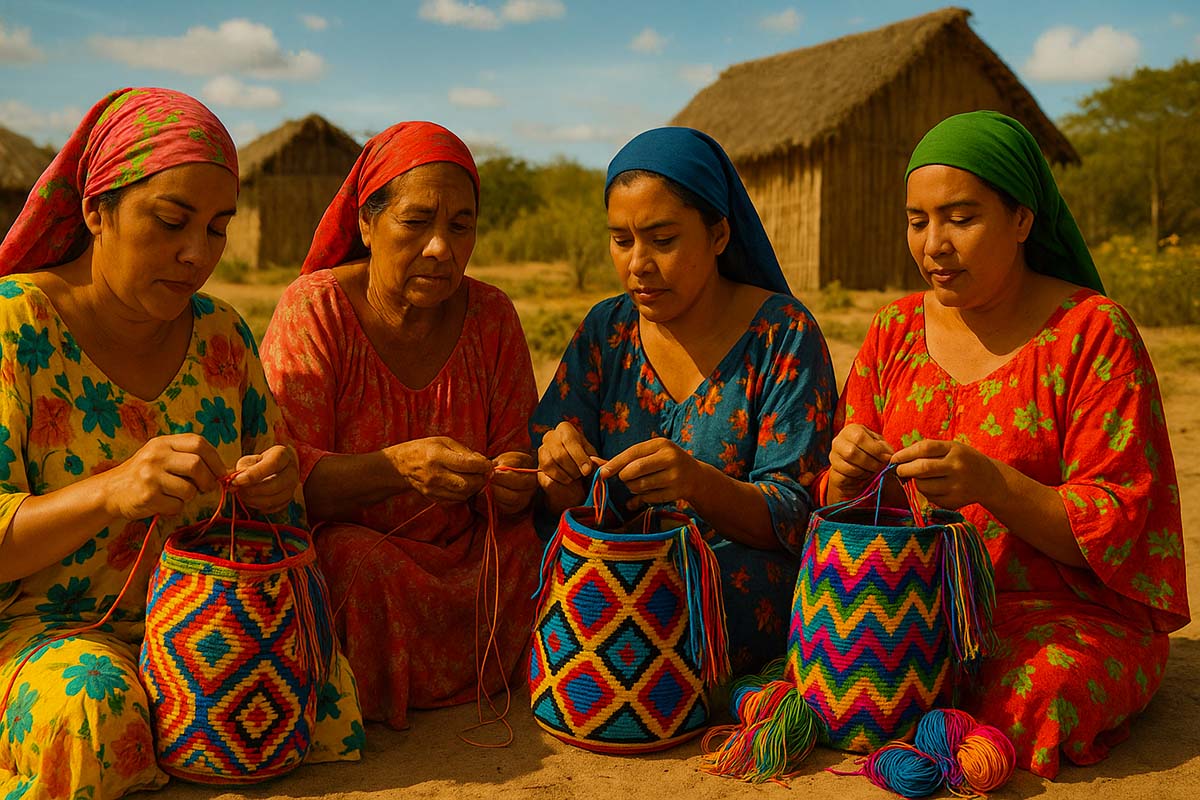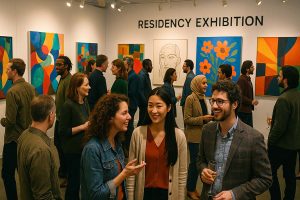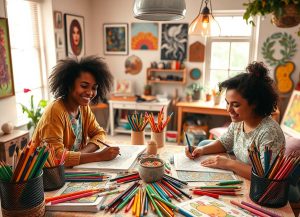
Indigenous Artists: Preserving Heritage Through Creative Expression
In every handcrafted piece lies a story born from the soul of a culture. Across many Indigenous communities around the world, art is more than a form of creation. It is a way of life. It serves as a vessel for memory, a path to identity, and a bridge connecting generations.
While the rapid pace of modernization continues to reshape societies, many traditions face the threat of fading into obscurity. Despite these changes, native artists continue to rise—painters, sculptors, weavers, dancers, and storytellers—guardians of their people’s past. Through their hands, the wisdom of their ancestors finds a new form and a living presence in today’s world.
- Indigenous art is vital in keeping history, language, and beliefs alive.
- Artists blend tradition with modern tools like social media and digital platforms.
- Global participation brings wider recognition and appreciation of native cultures.
The Role of Indigenous Art in Modern Society
Art mirrors the identity of a people. For Indigenous communities, every carved line, every woven thread, and every dance step carries meaning. These expressions reflect a deep connection to nature, spiritual beliefs, and ancestral legacy. In today’s world of fast-paced communication and information exchange, these artistic expressions stand as anchors of origin.
During an international exhibition in Berlin, an artist from the Amazon basin showcased wooden sculptures depicting forest life. These were not merely decorative pieces. They were messages—a plea to the world to hear the voices of communities affected by deforestation. Each work served as both testimony and resistance, echoing the artist’s relationship with the land and his people’s struggles.
How Modern Tools Support Ancient Traditions
Rather than erasing traditions, modern tools help preserve them. Social media, digital recording, and online galleries offer native artists a stage once inaccessible. Through short videos, online workshops, and global art markets, they connect with audiences far beyond their communities.
In Canada, a group of young Inuit artists started an online collective to teach traditional beading and sewing. Their platform gained thousands of followers, not just from fellow Indigenous youth but also from international admirers who learned to value the stories behind each stitch. In doing so, these artists protect their heritage from silence.
Cultural Survival Through Collaboration
Art is often born from community. Among many native groups, creativity is not the product of one but of many. Storytelling circles, weaving workshops, and ritual dances are shared experiences. These collaborative practices shape how culture is transferred and remembered.
A good example is the Wayuu women in northern Colombia. Their iconic woven bags, known as mochilas, are more than accessories. Each pattern, passed down through generations, represents clan history and spiritual teachings. Women gather to teach younger ones, making sure the tradition continues. Some groups have partnered with ethical fashion designers, allowing their work to reach new markets while keeping their process respectful and authentic.
Visibility and Recognition on the Global Stage
Participating in international art scenes helps Indigenous creators amplify their voice. Exhibits, residencies, and cultural festivals give them the chance to speak for themselves, rather than be spoken about.
In Australia, Aboriginal artists have carved space in global galleries with their dot paintings and bark art. Their visual languages challenge outsiders to understand the deep symbolism in each shape and color. Far from being relics, these works are alive—speaking of land rights, kinship, and resilience.
With increased visibility comes opportunity, but also responsibility. Cultural appropriation remains a concern. To protect against misuse, some communities have established guidelines on how their symbols and techniques may be shared. This protects the integrity of the art while still encouraging appreciation.
Language and Oral Tradition in Creative Works
Art helps preserve not only images but also spoken traditions. Songs, poems, chants, and even tattoos hold fragments of language. With many native tongues at risk of extinction, creative forms become language carriers.
In the Philippines, tattoo artist Whang-Od has gained recognition for keeping the ancient Kalinga tradition alive. Her geometric tattoos, made using thorn and soot, are accompanied by chants and rituals that preserve native phrases. Younger generations now train under her guidance, ensuring both the skill and the language are kept intact.
Music also plays a role. Sami musicians from northern Europe mix joik singing with modern instruments, blending old and new in a respectful way. Their songs speak of reindeer, snow, and stories only passed down in their original dialects.
Teaching Heritage in Urban Settings
Many Indigenous families now live in cities, far from ancestral lands. This shift poses challenges for cultural retention. Yet even in these new environments, art remains a key connector.
Workshops held in community centers offer classes in native crafts, storytelling, and dance. Children learn their heritage not from textbooks, but from elders sharing real experience. Public murals also serve as reminders. Painted on walls in urban neighborhoods, these images celebrate ancestors and honor history.
In the United States, the Native Arts and Cultures Foundation supports programs that bring native artists into classrooms. By doing this, they ensure cultural knowledge reaches young audiences in meaningful, interactive ways.
Economic Empowerment Without Losing Identity
Art provides not only cultural value but also livelihood. Selling handcrafted goods, performing in cultural events, or exhibiting artworks allows many artists to support themselves. This financial independence strengthens communities, especially in regions with limited economic opportunity.
Still, balance is necessary. Not all traditions are meant for commercial display. Many communities draw a line between sacred art and that which may be shared with outsiders. Respecting these boundaries helps preserve cultural depth.
Ethical trade practices have emerged to address this. Certifications for authentic Indigenous products, fair payment standards, and community-led cooperatives help protect artists from exploitation while ensuring quality and integrity.
Gender and Representation in Native Art
Women often play central roles in preserving creative traditions. From weaving and pottery to song and dance, they pass skills across generations. Their work is deeply connected to family, land, and community.
In Guatemala, Mayan women use backstrap looms to create textiles that document events, myths, and environmental changes. Each cloth is a record, rich with symbols understood by their communities. Today, these women lead cooperatives, manage sales, and represent their heritage on global platforms.
Men also contribute in distinct ways. In New Zealand, Maori carvers shape canoes and totems that reflect spiritual and ancestral meaning. These carvings are more than decorations; they are sacred expressions crafted with discipline and care.
Keeping Heritage Alive for the Future
Preservation is not about freezing culture in time. It is about movement—bringing old truths into new forms. As long as there are storytellers, dancers, painters, and makers who care, culture lives on.
Education, technology, and global connection offer tools, but the heart remains the same: pride, memory, and love for one’s roots. Every woven basket, every carved statue, every rhythm of a native drum beats with a reminder—heritage survives through the people who choose to carry it forward.

